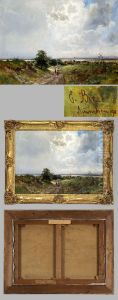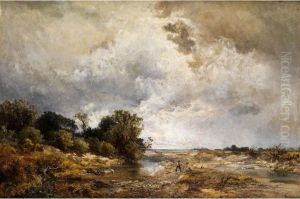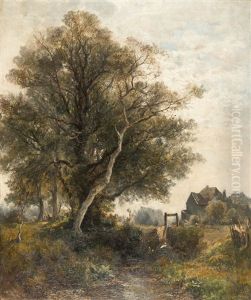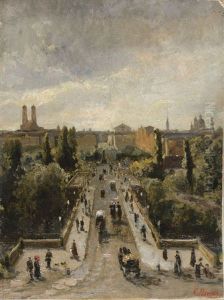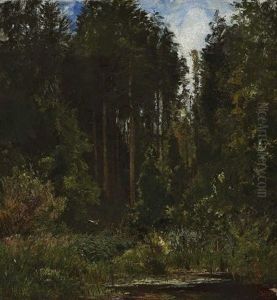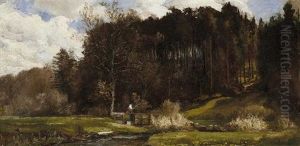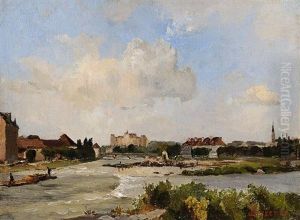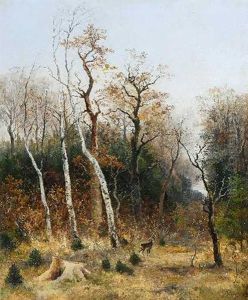Eugen Birzer Paintings
Eugen Birzer was a German painter and graphic artist born on February 5, 1899, in Regensburg, Germany. Although not as widely recognized as some of his contemporaries, Birzer's work contributed to the art scene of the early to mid-20th century in Germany. His style was influenced by various movements of the time, including Expressionism and New Objectivity (Neue Sachlichkeit), which emerged in Germany as a counter-movement to Expressionism in the 1920s.
Birzer's early work was marked by a focus on landscapes, portraits, and urban scenes, capturing the rapidly changing society in Germany following World War I. He studied at the Academy of Fine Arts Munich, one of the oldest and most prestigious art academies in Germany, which provided him with a strong foundation in traditional art techniques. There, he was exposed to the works of prominent artists who would influence his development as an artist.
During the rise of the National Socialist (Nazi) regime, many artists faced persecution, and the art scene in Germany underwent a significant transformation. Birzer's work from this period often reflected the political turmoil and societal changes of the time. He continued to create art throughout World War II, though the circumstances had a profound impact on his subject matter and opportunities to exhibit his work.
After the war, Birzer, like many other German artists, grappled with the aftermath and the cultural rebuilding of Germany. His post-war art often dealt with themes of reconstruction and memory. Despite the hardships, he continued to produce art until his later years.
Eugen Birzer passed away on December 31, 1980, in Regensburg. While his work may not have achieved the same level of fame as some of his peers, it remains an important part of the artistic landscape of 20th-century Germany. Today, Birzer's paintings and graphic works can be found in various art collections and museums, providing insight into the complex historical period in which he lived and worked.
